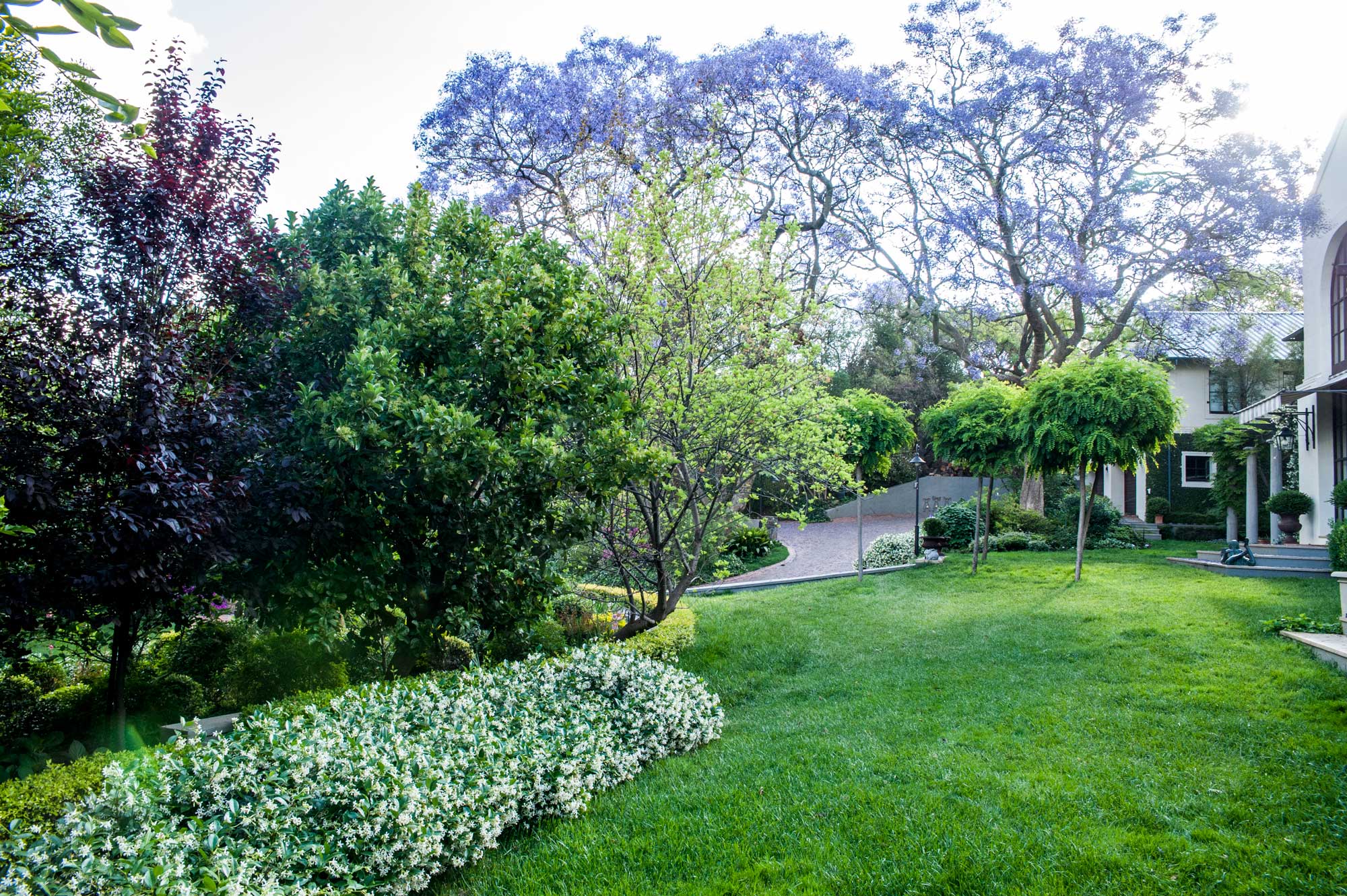Follow these simple guidelines from Garden Master to ensure that your lawn will be looking beautiful by the time summer is in full swing.
“Caring for your lawn doesn’t need to be a tedious task and by simply following some basic steps you can get your lawn summer ready quite quickly”, says Business Manager for Garden Master, Chané Hendricks.
READ MORE: Water-wise lawns
Have the lawnmower and weed-eater serviced
To ensure stress free mowing, it’s important to have working plugs and smooth running engines. Also check whether new cutting blades should be fitted or, if the old ones can be sharpened. Mow the lawn and aim for the grass to be around 2,5cm in height. There are of course exceptions and it is important to consider the type of grass and rainfall region you live in. In very cold areas wait until September for the “spring treatment”.
Rake the lawn
After mowing, rake through, across and downwards to remove dead mat. It is best to use a sharp-toothed steel rake like the Garden Master All Steel Rake. Once you have completed raking take either a hollow-tined or an ordinary garden fork and drive it into the turf every 20 to 30cm. Work the prongs down as far as they can go and wriggle the fork about. “This technique allows air, food and water to reach the root system”, says Hendricks. “Once you have done this you will need to feed your lawn”.

YOU’LL ALSO LOVE: 10 Low maintenance gardening tips
Feed the lawn
There are several products, both chemical and organic, that you can use such as Garden Master’s Organic Lawn Dressing which will promote strong root and cell growth. It’s important to water the lawn the day before feeding. When applying Garden Master’s all purpose Organic Fertiliser, check the instructions on the product as it should be done at the recommended rate. Water the lawn again after feeding as fertilisers can burn a dry lawn.
Top dress
When the lawn has dried, lay on a top dressing to smooth it out and encourage new growth. Garden Master offers a quality Organic Compost that will improve drainage and water holding capacity. A 3cm layer should be applied – you can level it out by using a flat board tied to the end of your rake. “Start watering again as soon as the blades of grass start showing through”, added Hendricks.
YOU MIGHT LIKE: 6 Flowering trees we love

Maintain the summer look
- Lawns need water to keep them looking great. The frequency of watering and the amount to apply will depend on the soil type and weather; water less often but deeply.
- Irrigate early in the morning to curb the risk of disease.
- Mow regularly and only remove one third of the grass blade. A lawn that has been waiting too long for its weekly cut will have dry, unsightly patches when it is eventually done.
- Ensure that the mower’s blades are sharp. Blunt blades will tear the grass and their tips will turn brown.
- Feed the lawn every six to eight weeks during summer and into autumn.

